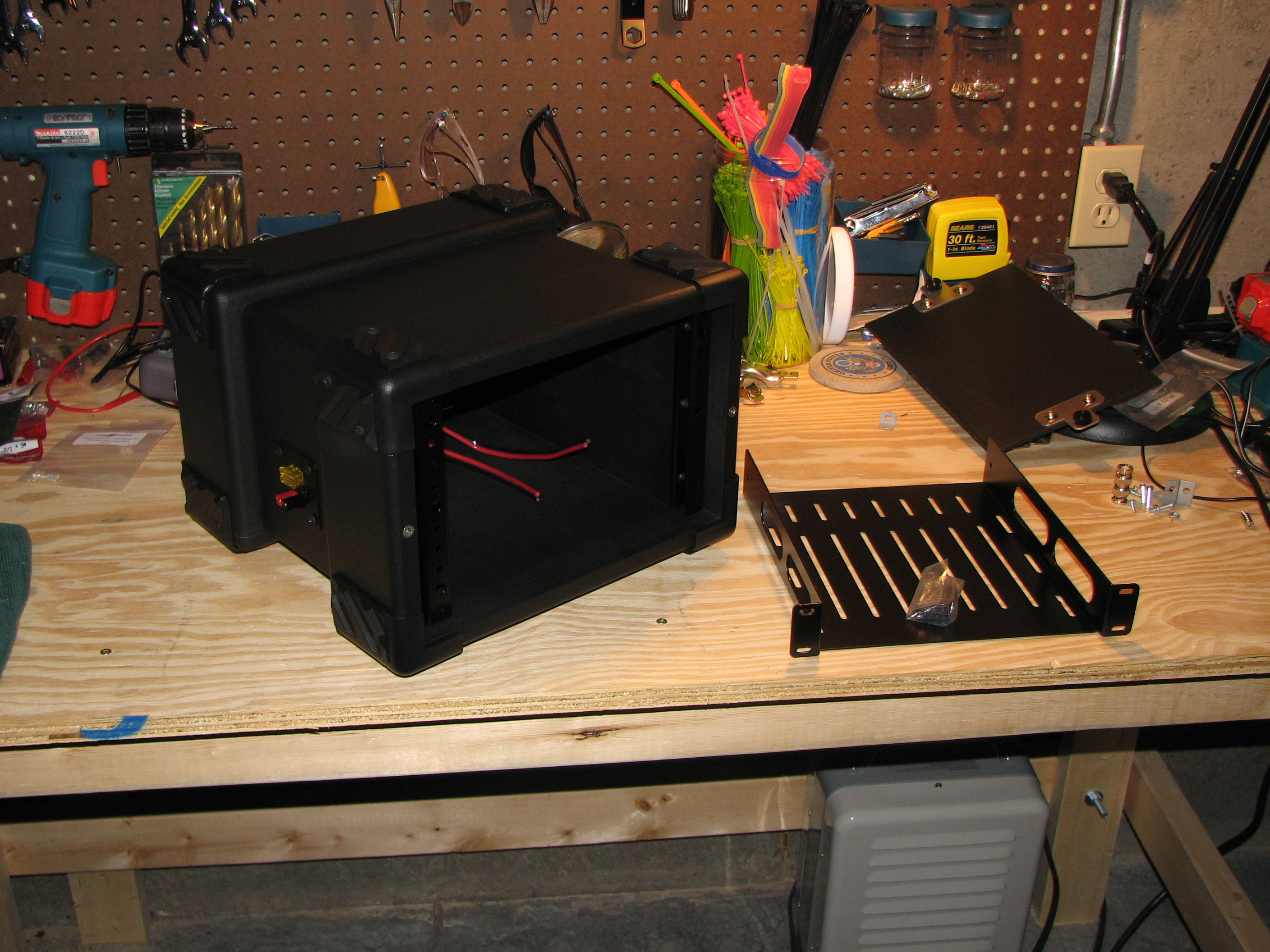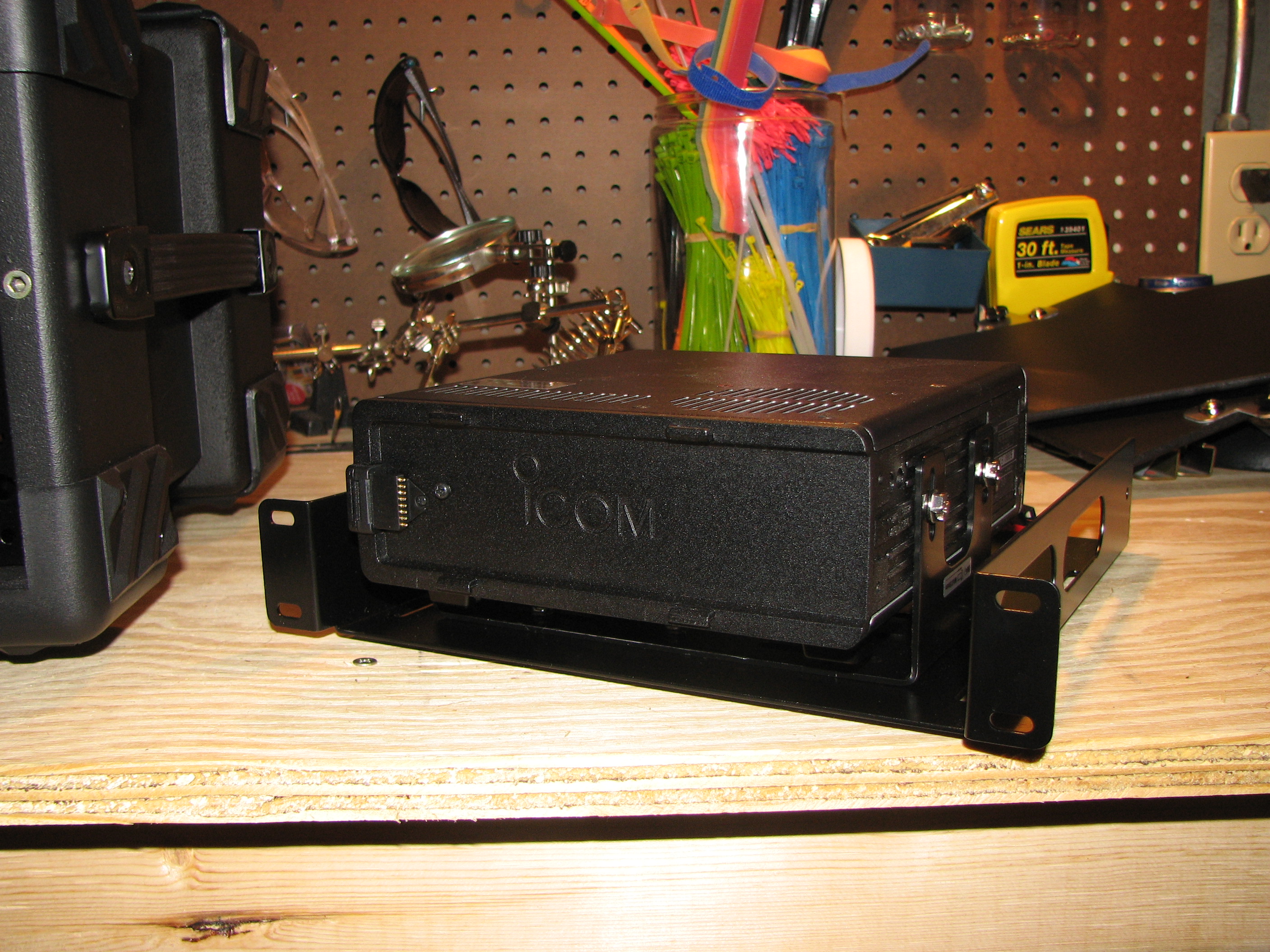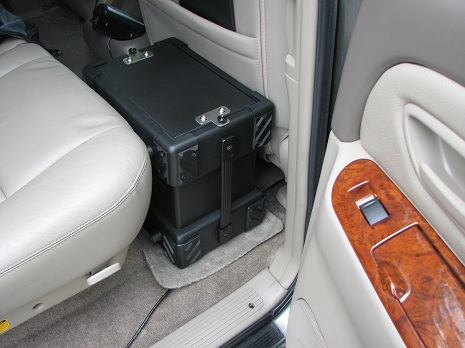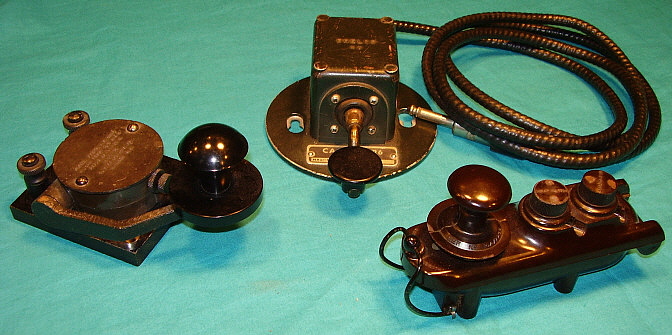
Space Invaders came out in 1978 when I was 9 years old. My first encounter was probably at the local 7-11 (next to Homestead High School in Cupertino, CA) that had Space Wars in addition to Space Invaders. However, a good portion of my initial Space Invaders game play was at Cal Skate – a skating rink in Milpitas, CA. This was the late 70s, Disco was still big, and Cal Skate featured a large disco ball over the rink that spun as everyone skated counterclockwise to the Bee Gees and Abba. I am not sure what captured my imagination most about Space Invaders – the green tint of the aliens descending from above or the cool sound that emanated from the game when I fired a missile at the bad guys. The line to play was long, as folks stacked up quarters and ogled each others high scores. Then there was Sea Wolf which I first encountered on the peanut shell littered floor of The Oasis in Palo Alto, CA (near Stanford University). Despite their excellent hamburgers, I much preferred manning the periscope and destroying the ships crossing the ocean above. Our most frequented pizza parlor was on the corner of Mary and Fremont Avenue in Sunnyvale, CA – that is were I first played Pong as well as another all time favorite: Tank (a two player game were each player had two levers to control the treads of the tank and a fire button. The tanks were then maneuvered through a kind of maze like obstacle in an attempt to shoot the other player). Over at Merlin’s Castle in Saratoga, CA my game of choice was Lunar Lander, a game of finesse and skill. I can’t forget one of the first Chuck E. Cheese Pizza Time Theater place over near the Winchester Mystery House in San Jose (and absolute favorite spot to host a birthday party when you are in the 4th or 5th grade). Nolan Bushnell, the founder of Atari and Chuck E. Cheese, insured that we were able to spend a zillion tokens in the vast array of video games that covered the place. Since that time it has been a never ending quest to replicate the look and feel of Space Invaders (as well as all the other arcade games I fell in love with) on a home device. I had the Atari 2600 which had its version of Space Invaders… pretty weak. Then my Apple ][ came along with pretty nice versions of some games – but it wasn’t the same. Years passed and with the development of the internet and java apps I saw the proliferation of classic games replicated in a web browser – but they always lacked something. If it was Asteroids, the actual asteroids weren’t shaped right or the play area was too small. In Centipede, the worm moved too fast or the colors weren’t right.
Then I ran across this device at ThinkGeek.com:

Like manna from heaven, The GP2X Wiz seems to be the perfect solution to my retro gaming fever. This is an amazing piece of hardware that allows the user to load emulators that enable you to play just about any video game that ever was. And you are not playing someone’s attempt at re-coding the game -it is possible to get the original code that was contained in those console machines back at the video arcade. So Space Invaders looks and plays just like it did back at Cal Skate some 30 years ago (only the screen is smaller, I didn’t have to pay a quarter, and there is no distracting reflection from a disco ball). I am not really a “video gamer” and had generally been unaware that it was possible to find these old games and play them on modern hardware but when I ran across the description of the GP2X Wiz on ThinkGeek I was intrigued. Not only can it play the games found in the old video arcades but also those crappy games I used to play on my Atari 2600 (of which I had a million). Also the original Nintendo (i.e. Super Mario Bros), GameBoy, and any other gaming system you can think of. Part of the fun is that the GP2X Wiz comes as just the hardware. In order to get it to play other games, you have to set it up and configure it. Its not difficult, but makes the whole experience a bit more entertaining. Most all of this can be accomplished on the average PC, but the GP2X Wiz brings it all together in an easy to use package.
This devise has brought back some wonderful childhood memories and is a 100% blast to play around with.
Interested in seeing more? I ran across this video on YouTube that gives a good representation of what the GP2X Wiz can do.











 I have one of the first edition Kindles that I’ve had since last year. Previously I was using the
I have one of the first edition Kindles that I’ve had since last year. Previously I was using the  That’s pretty amazing as the Tolkien books have long resisted being available in digital format. As I’ve said above, I enjoy reading books on the Kindle and it is a huge space saver – but it does not work for me when I am using textbooks. I have found that when I am using a textbook, I need to physically make marks (highlights, underlining, stars, etc.) as well as notes in the margin – it helps me learn the material. Many of the eReaders allow you to make digital annotations… but that is not same (at least for me).
That’s pretty amazing as the Tolkien books have long resisted being available in digital format. As I’ve said above, I enjoy reading books on the Kindle and it is a huge space saver – but it does not work for me when I am using textbooks. I have found that when I am using a textbook, I need to physically make marks (highlights, underlining, stars, etc.) as well as notes in the margin – it helps me learn the material. Many of the eReaders allow you to make digital annotations… but that is not same (at least for me). 




 Check out the new Jeff Davis, KE9V blog
Check out the new Jeff Davis, KE9V blog 










